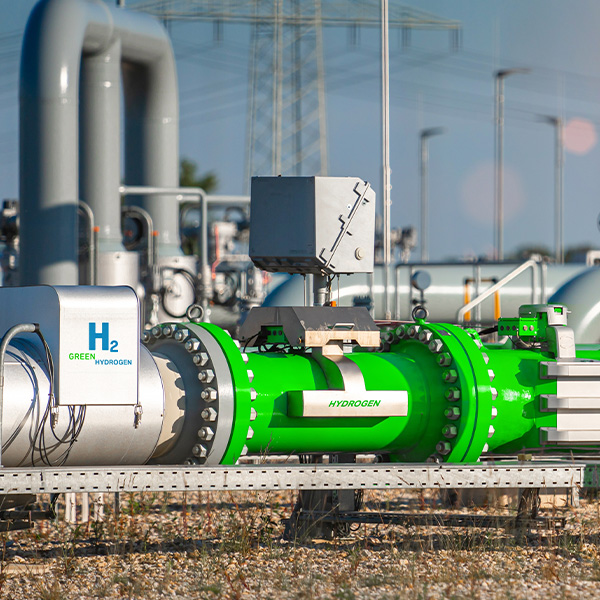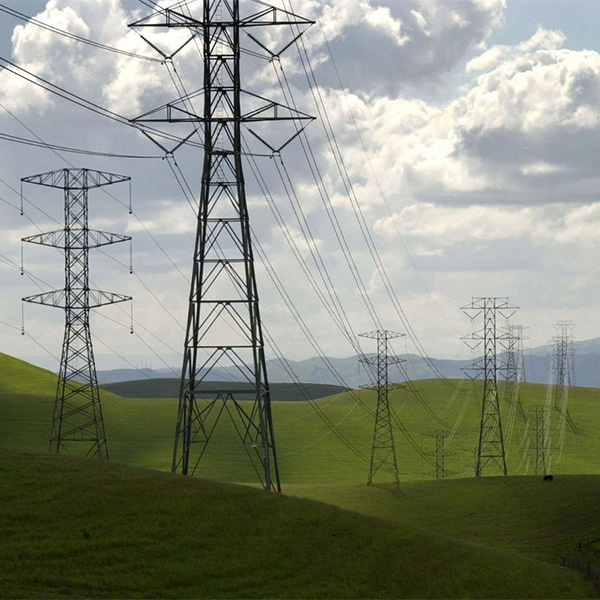Inflation Reduction Act (IRA)
Rules and guidance for the federal Clean Electricity Low-Income Communities Bonus Credit have been finalized and will be published shortly.
The IRS has issued final clean hydrogen tax credit rules that balance the contentious and complicated matter well enough that industry and environmental advocates both can find something positive in the details.
The direction FERC takes during President-elect Donald Trump’s second term is up in the air, but the commission may spend some of its time attempting to cut costs to consumers.
As they prepare to leave office, Biden administration officials remain confident that IRA funds already committed by DOE will be impossible to claw back by the incoming Trump administration.
Renewable energy industry analysts, representatives and environmental advocates say New York is in a better position than many others to make progress on its renewable energy goals during a second Trump administration.
A new report on the Inflation Reduction Act finds that the IRA could boost the U.S. GDP by $1.9 trillion over the next decade.
The U.S. Department of Energy’s Loan Programs Office announced a $15 billion conditional loan commitment to Pacific Gas & Electric to improve the California-based utility’s energy infrastructure and support clean energy initiatives.
EVgo CEO Badar Khan said expanding the availability of fast chargers is “a key ingredient to the long-term competitiveness and sustainability of the U.S. automotive industry."
The U.S. solar industry is embracing priorities of the incoming Trump administration as it seeks to preserve the momentum it built during the Biden administration.
Clean industry executives and experts at DOE's Deploy 2024 conference were surprisingly optimistic about continuing market growth linked to the boom in energy demand from data centers, AI and electrification.
Want more? Advanced Search










